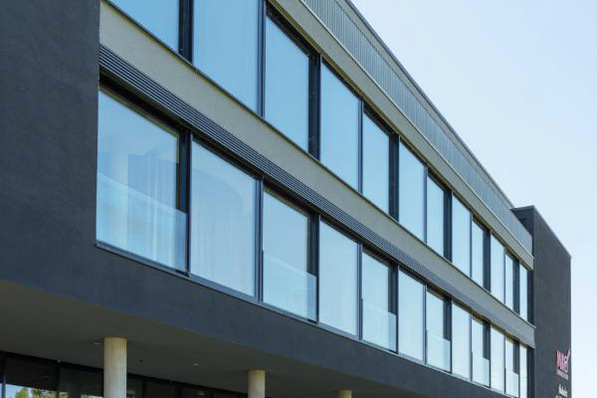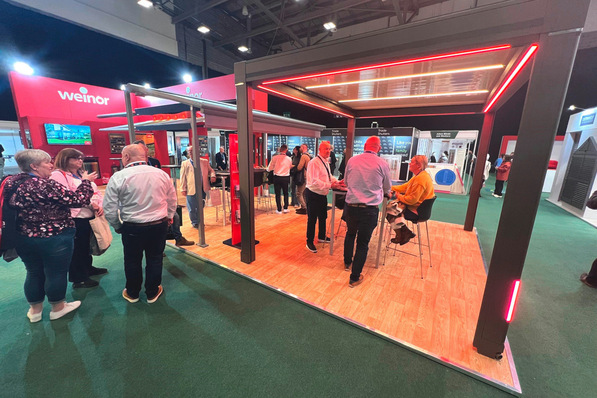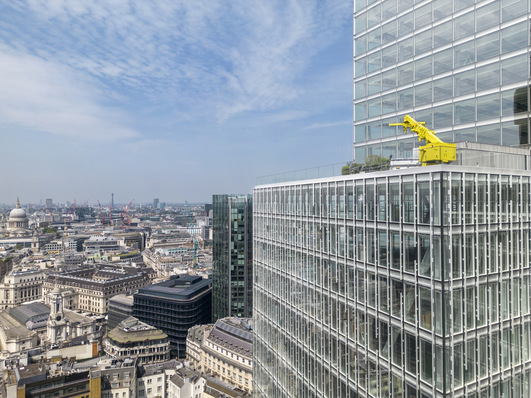Large-area glazing on buildings carries the risk of bird strikes, because reflections from trees in the façade or certain light conditions pose a danger to birds with only limited spatial vision. Therefore, there are various solutions on the market to prevent bird impact. In essence, the aim is to make the glass visible to birds without impairing the view too much.
In recent years, several new protection concepts have been developed to prevent or significantly reduce bird impact. The most effective protection for large-format glass is offered by digital printing. Now sedak has succeeded in achieving optimum impact protection by printing on less than two per cent of the glass surface, reducing the impact to 10 per cent.
See also: sedak massively expands solar roof of production facility
With this, the glass refiner sets two new records at the same time: No other bird protection glass requires so little printed area for the protective effect, and at the same time it achieves a higher level of protection (defined according to the ÖNR 1040 standard) than other concepts. This is confirmed by a scientific analysis of the institute "Collision Laboratories" (A), which specialises in bird protection.
Bird protection through digital printing
The scratch- and UV-resistant patterns are digitally printed onto the glass. Processed into laminated panes, the print is on the outside (POS1). Thus sedak offers insulating and safety glass with highly effective bird protection up to 3.60 × 20 m.
Depending on customer requirements, two designs are available: Black dots or squares, arranged in a homogeneous grid. A visual and equally effective alternative is offered by sedak with printing from precious metal colours.
As a specialist for oversized glass, sedak already has the manufacturing competence: Ceramic printing up to the maximum dimension is a mature technology here. This means that the manufacturer's glass can now also be realised as sophisticated and aesthetic variants with a high level of bird protection.

sedak, René Müller
You can find out what really protects birds here
Many birds do not recognise glass as an obstacle; instead, they see reflections that fool them into thinking it is a tree, or they mistake over-corner glazing for an opportunity to fly through. Light sources or special lighting conditions can also mislead them.
The aim of bird protection is to make facade glass visible to birds, if possible, without sacrificing much transparency. The larger the glazed area (regardless of how strongly it is structured), the higher the risk for the feathered friends.
Also interesting: Glass balustrades for wooden buildings
Until now, a glass surface area of 7 to 50 per cent had to be printed to achieve a high level of protection. The sedak solution now allows the smallest printing area. The effectiveness of a glass against bird impact is expressed in per cent; the lower the value, the better the protection. The value indicates how high the approach rate is compared to conventional glass.
The WUA (Vienna Environmental Advocacy Association) recommends using highly effective glass with values up to 10 per cent. Glasses above 10 to 20 per cent are classified as conditionally suitable.













